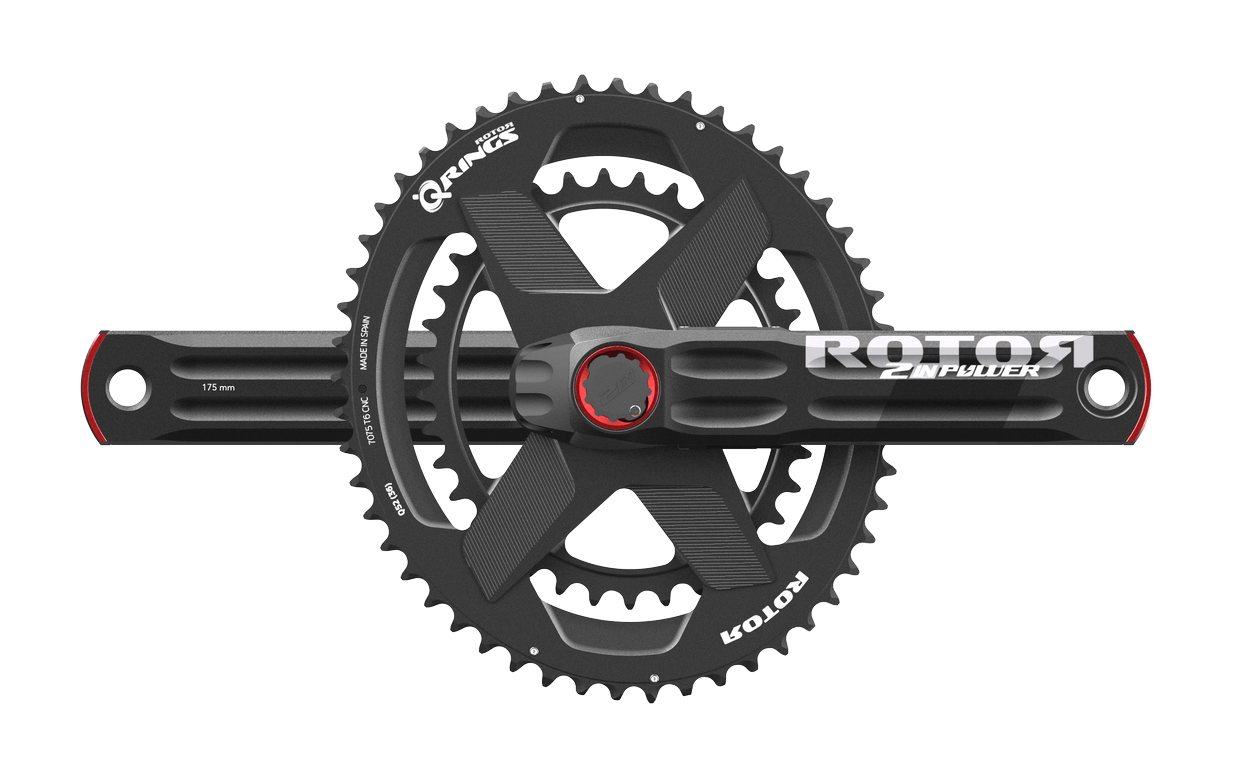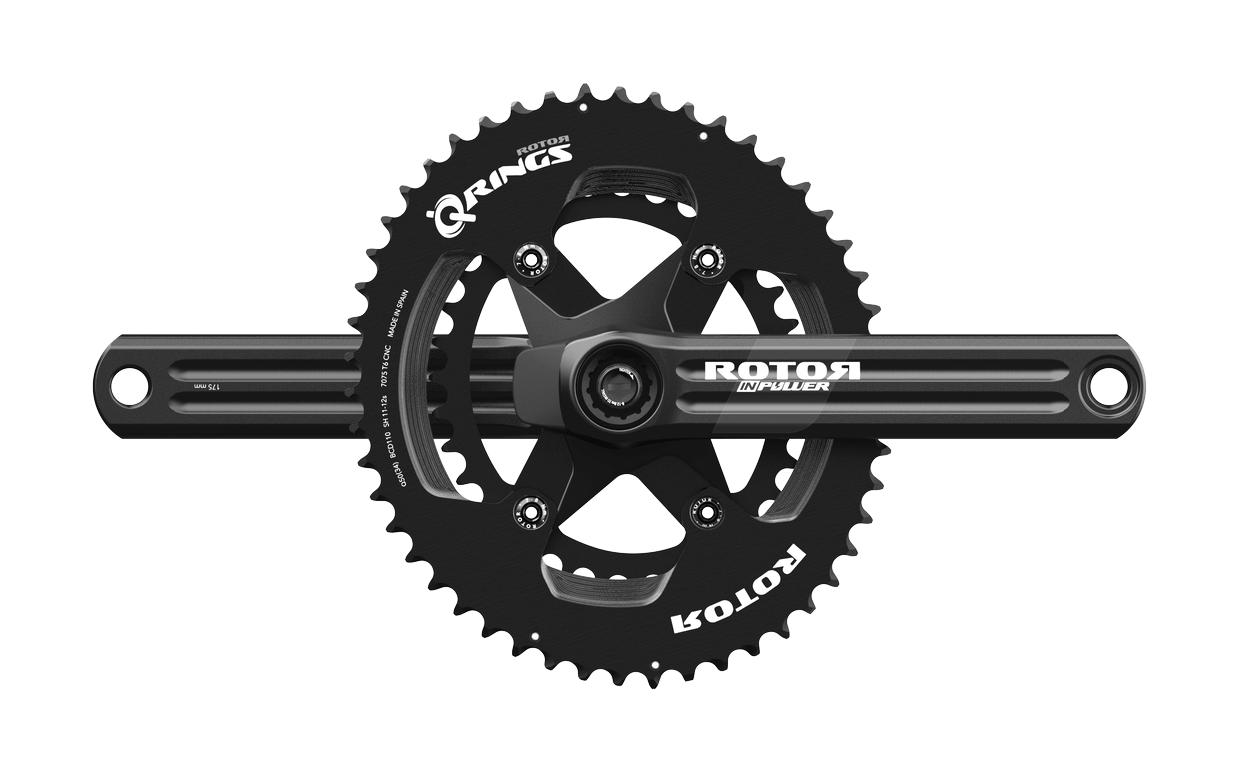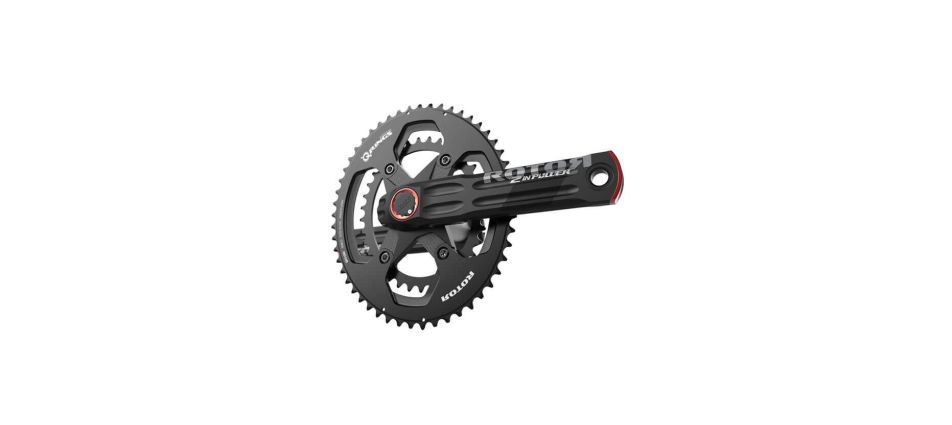Guidelines for selecting the best ROTOR Power Meter
Welcome to our comprehensive guide on choosing the best ROTOR Power Meter. Whether you´re a seasoned pro or just starting your cycling journey, fitting your bike with a power meter can significantly improve your training and performance.
ROTOR, a renowned brand in the cycling industry, offers a range of power meters. In this blog, we´ll go into the details and things you should consider when selecting a ROTOR power meter and answer all your burning questions.
Understanding Power Meters
Before we get into the specifics, let´s quickly recap what a power meter is and why it´s a game-changer for cyclists. In simple terms, a power meter measures the force you exert on the pedals, giving you precise data on your power output. This information helps you analyze your performance, set accurate training zones, and track progress. ROTOR power meters renowned for their accuracy and reliability, making them popular among cyclists worldwide.
Types of ROTOR Power Meters
ROTOR offers various power meter options, each with unique features and installation requirements. The key types you´ll come across are:
ROTOR INPOWER: This power meter is integrated into the crankset and measures your power output through the left leg. It´s a popular choice for its simplicity and ease of installation.
ROTOR 2INPOWER: Building upon the INpower, the 2INpower measures power from both your left and right legs independtly, providing detailed insights your pedaling dynamics.
ROTOR INSPIDER: The INspider power meter provides an alternative solution for cyclists. Unlike the crankset-based power meters, the INspider power meter is installed on the spider of your bike´s crankset. This design allows for a modular approach, as you can choose a compatible ROTOR crankset that suits your preferences and needs. The spider-based design also offers versatility for future upgrades or component replacements.


Compatibility and Connectivity
Before buying a ROTOR power meter, ensuring compatibility with your bike´s drivetrain and components is crucial. ROTOR power meters are designed to work with most crankset standards, such as Shimano, SRAM, and Campagnolo, but it´s still wise to double-check. Additionally, verify the compatibility with your cycling computer or smartphone to ensure seamless data transfer and analysis.
ROTOR power meters typically connect via ANT+ or Bluetooth, allowing you to pair them with a wide range of devices. This flexibility ensures you can easily sync your power data with your preferred cycling software or training platforms, making it easier to analyze and track your progress.
Accuracy and Precision
Accurate power measurement is the foundation of any reliable power meter. ROTOR power meters are renowned for their precise data capture, ensuring you get reliable and consistent power readings. However, it´s worth nothing that certain factors, such as temperature fluctuations and external conditions, can affect power meter accuracy. When comparing power meters, look for models that have undergone rigorous testing and calibration to ensure reliable readings in various conditions.
Battery Life
Power meters require a power source, and ROTOR power meters rely either on replaceable or rechargeable batteries. Consider the battery lige of your chosen power meter and check the estimated usage time the manufacturer provides. Longer battery life means fewer interruptions during your rides and less frequent battery replacements. You can ride with confidence that your power meter will continue to capture data until you´re done.
Budget Considerations
Power meters can range significantly in price, and considering your budget before purchasing is essential. ROTOR power meters are known for their excellent value for money, offering high-quality performance at various price points. However, you may need to buy other components to ensure compatibility.
Consider your cycling goals and the level of accuracy and features you require. While high-end power meters may offer advanced metrics and additional features, they might not be necessary for every cyclist. ROTOR power meters offer options across different price ranges, ensuring a suitable choice for beginners and experienced riders.
Remember, investing in a reliable power meter is an investment in your training and performance. It´s worth finding a balance between your budget and the features that will benefit you most in achieving your cycling goals.


Installation and Compatibility
Installing a power meter require some technical know-how, especially if you´re doing it yourself. However, ROTOR power meters are user-friendly and have comprehensive installation instructions. However, if you need more clarification about the process, seeking assistance from a professional bike shop is always wise.
Additionally, ensure that your power meter is compatible with your bike setup. Check the crankset standards, bottom bracket type, and frame compatibility to ensure seamless integration with your bike. You really don´t want ro struggle fitting it or find out it doesn´t work correctly because you bought the wrong one.
Data Metrics and Analysis
ROTOR power meters provide valuable insights into your cycling performance beyond just power output. Look for models that offer metrics like left-right balance, torque efficiency, pedal smoothness, and cadence. These additional data points can help you identify areas for improvement, refine your pedaling technique, and optimize your training.
Consider the data analysis software or apps compatible with your chosen power meter.
User-friendly platforms with clear visuals and comprehensive data analysis capabilities can significantly enhance your training experience.
Customer Reviews and Reputation
Before finalizing your decision, it´s always beneficial to read customer reviews and consider the brand´s reputation. Look for feedback from cyclists who have used ROTOR power meters and assess their experiences. Pay attention to factors such as accuracy, durability, customer support, and overall satisfaction.
ROTOR has a solid reputation in the cycling community, known for producing hih´quality products backed by excellent customer service. Considering the experiences of others can provide valuable insights and help you make an informed choice.
Conclusion
Selecting the best ROTOR power meter involves considering several factors to ensure it aligns with your cycling goals, preferences, and budget. Understanding the different types of ROTOR power meters, their compatibility, connectivity options, accuracy, maintenance requirements, and the availability of additional metrics will guide you in making the right decision.
So take your time, do your research, and enjoy the benefits of precise power measurement that a ROTOR power meter can offer.
Happy riding #ROTORian!

